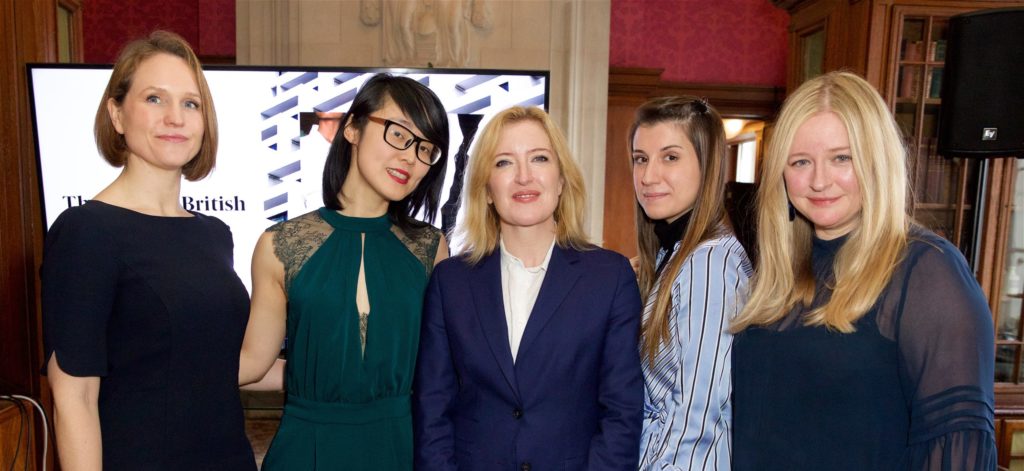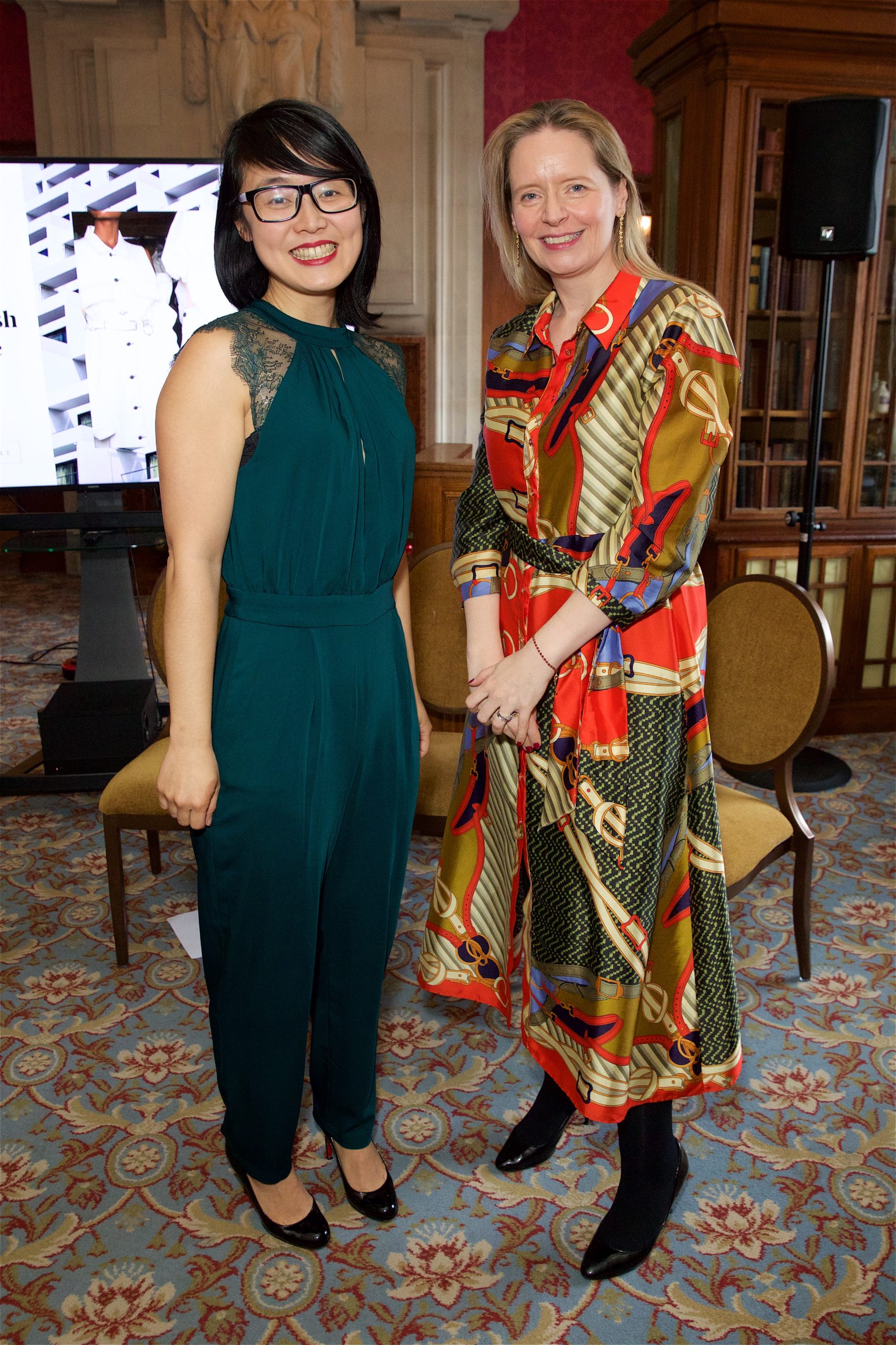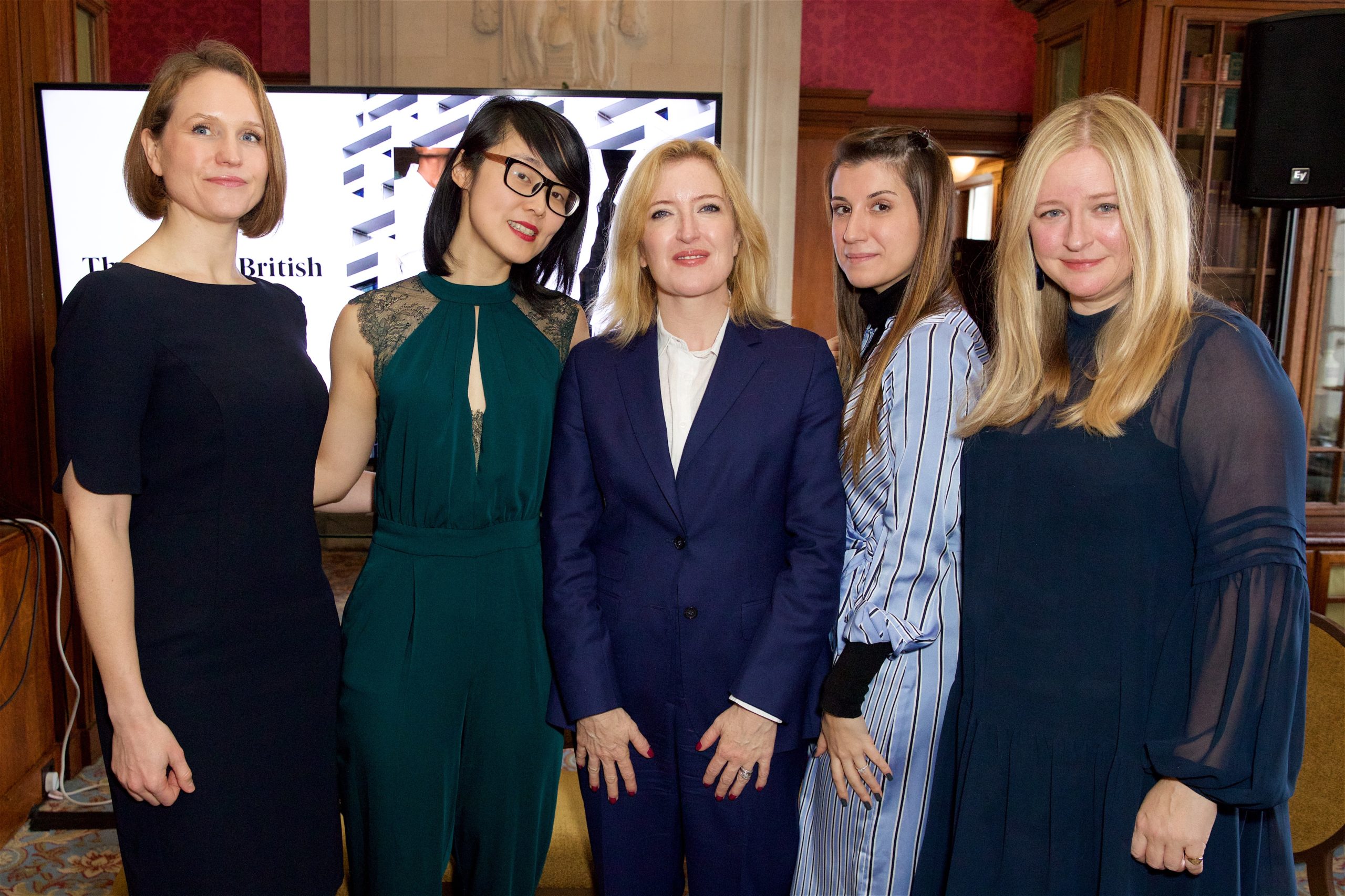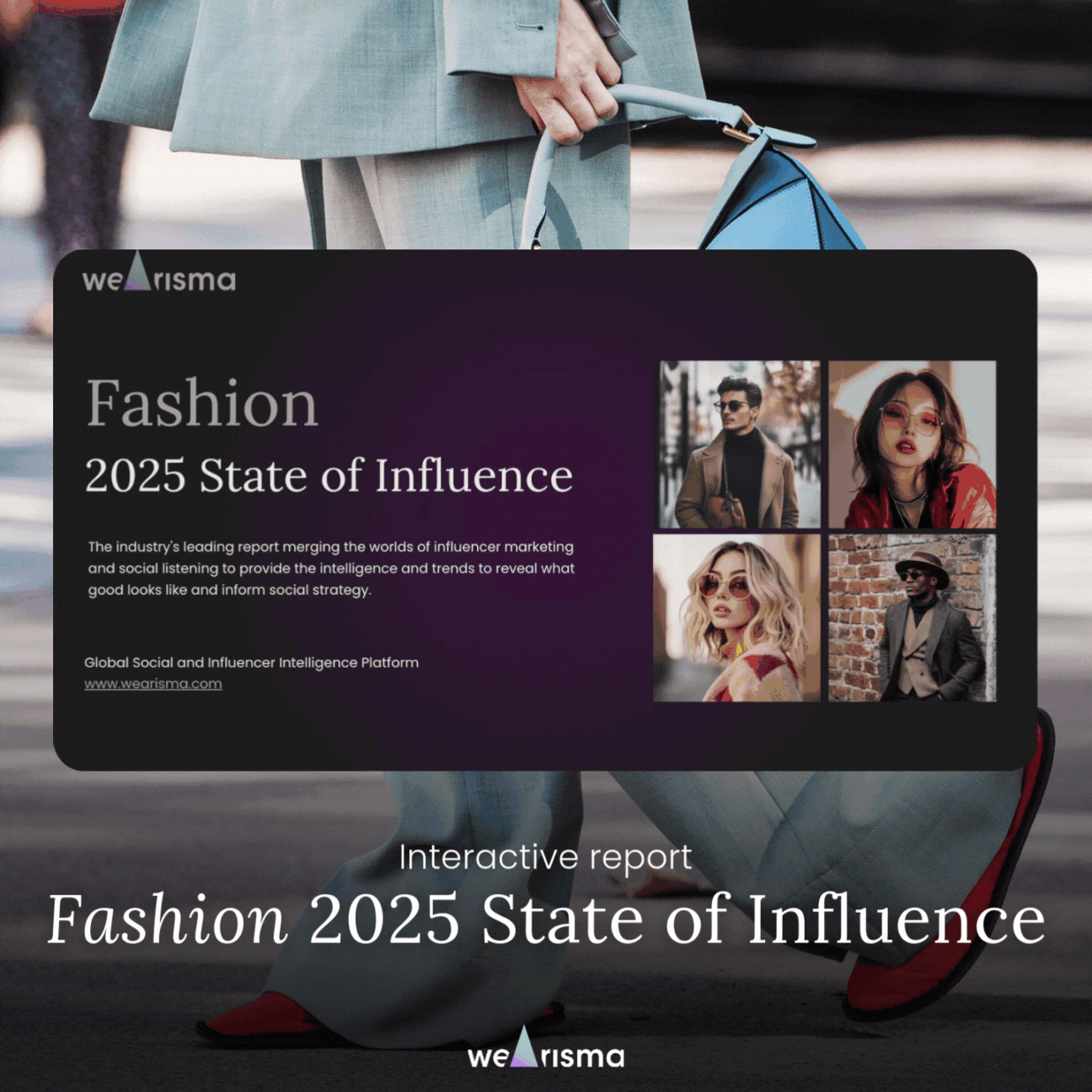The launch event for ‘The State of British Luxury Influence’ White Paper, hosted by Wearisma and Walpole, highlighted key findings on the landscape of British Luxury Influencer Marketing, featuring Gucci as the top brand and emphasizing the importance of influencer personas, innovative content, and efficient influencer selection processes.

Published On: November 30, 2018
After the success of the Walpole Awards 2018, the UK luxury industry assembled again this week for the launch of ‘The State of British Luxury Influence’ White Paper – a joint publication by Wearisma and Walpole. For what will be the beginning of a quarterly series of White Papers from us here at Wearisma, this co-venture delivered a wealth of actionable insights that illustrated the landscape of British Luxury Influencer Marketing for 2019 and beyond.
Hosted at the Marriott Hotel County Hall, the backdrop of London’s dark sky was a stark contrast to the jubilance of the attendees that featured representatives from the likes of Manolo Blahnik, Michael Kors and Aspinal of London. To kick off the morning, Wearisma’s founder and CEO Jenny Tsai was introduced by Walpole’s Director of International and Public affairs, Charlotte Keesing as she proceeded to present the paper’s main findings.

LONDON, ENGLAND – NOVEMBER 27: (L to R) Jenny Tsai and Charlotte Keesing at the Wearisma X Walpole Breakfast at The Marriott Hotel County Hall in London, England.
Pic Credit: Adam Duke
The paper provides a series of thought provoking analyses, for example, a global comparison of the success of Influencer Marketing in both Fast Fashion and Luxury revealed some surprising insights. Many were interested to find out that UK Influencer’s audiences engaged more with content featuring British brands.
Wearisma’s Influencer Index, which lists the top ten most mentioned brands by UK Luxury influencers revealed Gucci as the overall victor. However, Charlotte Tilbury, Burberry and Selfridges topped Walpole’s most mentioned members ‘Wal’ of Fame’ for both volume (mentions) and value (engagements) metrics.
A specific focus of the panel discussion that followed the presentation was Wearisma’s One’s to Watch’: four influencer persona’s that you should be working with in 2019. This consists of ‘The Industry Insiders’, ‘The Artist’, ‘The Sustainable Champions’ and ‘The Baby Boomers’.

LONDON, ENGLAND – NOVEMBER 27: (L to R) Emma Allam, Jenny Tsai, Helen Brocklebank, Amabile Guglielmino and Sasha Wilkins at the Wearisma X Walpole Breakfast at The Marriott Hotel County Hall in London, England.
Pic Credit: Adam Duke
Chaired by Keesing, the panel discussion included; Amabile Guglielmino, Senior Brand Manager at Royal Salute, Emma Allam, Communications Director at The SAVOY, Blogger and founder of Liberty London Girl, Sasha Wilkins and Tsai. When discussing the paper’s findings Allam openly emphasised the need for luxury hospitality brands in particular, to continuously innovate and produce more diverse content. Guglielmino addressed that influencers were a key marketing channel for luxury brands to engage with the younger consumer with entry level products at the right price point. Wilkins demonstrated the need for luxury brands to use platforms like Wearisma in order to avoid interminable influencer selection processes which, she admitted, can take some brands up to 5 months!
To delve into these insights further, download your copy of ‘The State of British Luxury Influence’ paper now.
Keep informed with the latest trends, reports, and case studies from the world of influencer marketing.

Influencer marketing has transformed significantly in recent years, expanding beyond simply identifying social media personalities with substantial followings. Today’s successful campaigns require sophisticated systems that address the entire marketing process, from strategic creator selection through content development to comprehensive performance analysis.

WeArisma’s Fashion 2025 State of Influence Interactive Report – Your Essential Guide to Beauty Brand Success in the Digital Age.
The fashion landscape is evolving. Traditional strategies no longer guarantee success – Resonance, Virality, and Authentic Engagement are beginning to define market leaders.
Our latest Fashion 2025 State of Influence Report uncovers the key shifts shaping the industry and the strategies fueling sustained impact.
Stay up to date with the latest industry trends and topics
Discover how WeArisma can help you harness the power in influence, grow your brand’s presence, and achieve measurable success.
WeArisma combines the power of AI, influencer marketing and social listening to deliver smarter, scalable strategies with real impact.